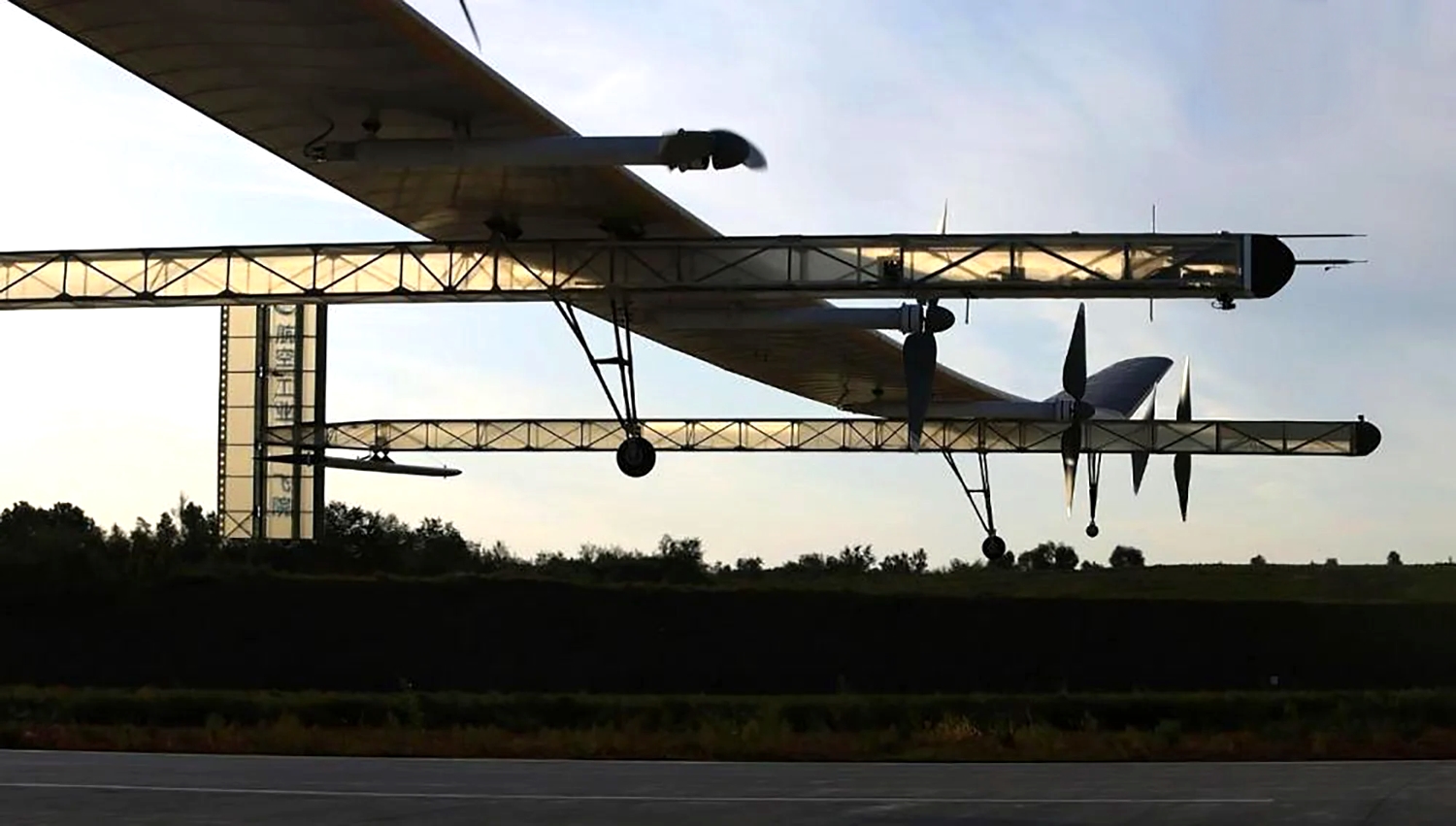The first test flight of Qimingxing-50, China’s biggest solar-powered drone, went well, according to CGTN’s report.
Drones have been used by both the military and the public for a long time. There are many ways to make a drone last longer, such as giving it more fuel or bigger battery packs. All of these methods, on the other hand, are small compared to the Sun’s endless power supply.
So, researchers have been making solar-powered drones that can stay in the air longer and do a variety of tasks while they are there.
Read More: 7 Reasons To Make the Switch to Solar Energy
Solar-Powered Drones
Interesting Engineering says that solar-powered drones are made to be as light as possible. Solar panels that can be used to get power could be put on huge frames that could hold two fuselages.
But because these frames aren’t weatherproof, the drones fly in the stratosphere, where bad weather isn’t likely.
As a kind of mini-satellite, these drones can watch a large part of the Earth while flying at a height of 12 miles (20 km). These drones can also do many different things, such as mapping, reconnaissance, communication, and keeping an eye on the environment.
Morning Star 50
The solar-powered drone from China has been given the name Qimingxing-50, which means “Morning Star 50” in English. The Aviation Industry Corporation of China made the drone. It has been in the works for a while (AVIC).
In China in 2018, the first model of Morning Star, which was 91 feet (28 meters) wide, was put to the test. The drone was made of plastic with carbon fiber in it, and it only weighed 41 pounds (18.9 kg).
According to the South China Morning Post, the Morning Star 50 is significantly bigger and has a wingspan of 164 feet (50 m).
The drone also has two fuselages and six propellers to help it fly. On Saturday, Morning Star-50 took off from an airport in Yulin City, Shaanxi province, northwest China, and landed 26 minutes later at the same airport.
Read More: Will Electric Cars Create a Cleaner Planet?
Officials told the local press that the first flight went well and that all of the flight systems worked as they should have. This makes room for possible future flights of the solar-powered drone, which could last for several days or even months at first.
Airbus has been testing its Zephyr drones, which are powered by solar energy, in the US for the past few years. Its most recent model, the Zephyr S, flew nonstop for 64 days, which was close to breaking the record for the longest nonstop flight.
But the plane crashed and landed in Arizona just a few hours before it was going to break a record.
The Zephyr S has wings that are 82 feet (25 meters) long, while the Morning Star has wings that are 50 meters long.



